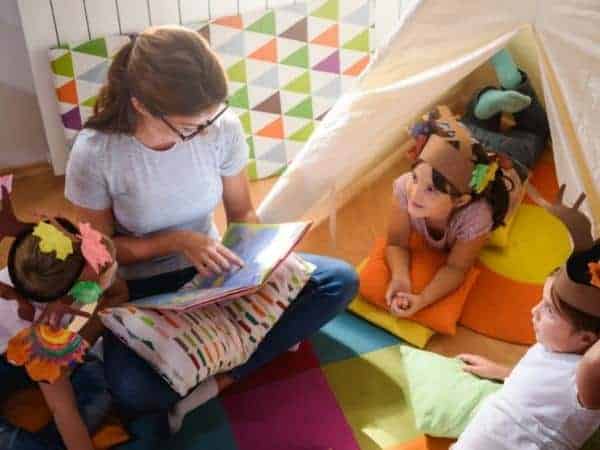Top Tips for Teaching Your Child to Read
Do you want to start teaching your child to read? The more you read, the cleverer you’ll become. Or so the saying goes. There has been considerable research to suggest that reading can enhance academic performance in children.
The reasoning behind this is that as children improve their reading skills, they can better understand formal communication, which in turn supports them in school. It’s also understood that reading improves the brain’s ability to understand new concepts, making it easier for children in their academics.

Teaching your child to read
Word Cards
Creating word cards with simple words like ‘cat’, ‘dog’, ‘mat’ and ‘hot’ can help to improve your child’s phonics. Start by getting your child to pick a card and read the word out loud. Get them to notice what sounds they can hear at the start, in the middle and at the end.
To help, you might find it useful to slow it down so that the sounds become clearer to them. The more this activity is exercised, the easier it will be for your child to identify the words and start reading. Make these cards as colourful as you like with an illustration on the other side to help with memorisation.
Using Songs
You don’t have to be a lyrical genius for this one; there are plenty of songs out there that cater to phonetics. Children love anything they can sing or clap along to, and this helps them familiarise themselves with different sounds.
Storytelling
Another way to help your child read is through regular storytelling. This helps remind children of what words sound like and introduces them to a variety of words. When doing this activity, be sure to read slowly and use your finger as a pointer for each word read out.
Think Outside of The Box
There are no rules for the resources you can use. You might find that baking with letter-shaped cookie cutters or rearranging alphabet magnets is more engaging for your child. All children learn in different ways, so feel free to experiment with what works for you.
Speed It Up
When teaching your child to blend sounds, it might not be so obvious for them to grasp what the words are. When saying the sounds out loud, try sounding them faster. This will help your child spot words faster and improve their own reading.